Mise-en-Scène II
Lighting
Cinema is the form of art most dependent on science and technology.
The technique that made cinema possible was photographic reproduction of images.
It may be worth to remind what photography means.
Photography is a linguistic construct based on two Greek words:
φωτός (phōtos) – light
γραφή (graphé) – to draw, to write
This is basically what we do when we take a picture: to draw, or to pint with light.
The photographic reproduction of images combines to basic Phenomena:
The Camera Obscura (darkroom) principle and the photosensitivity of certain chemical emulsions (originally, the photography pioneers used silver nitrate).
Since cinema is technically photography in motion, that gives us an idea of the importance of lighting.
In cinema, lighting is more than just illumination that permits us to see the action.
It is really the art of painting with light.Lighten help filmmakers create atmospheres, achieve emotional effects, highlights characters of objects on the frame – or also hide them.
In this learning unit, we will focus on the four basic elements:
- Shadows
- Hard vs Soft Lighting
- Light Direction
- Light Source
Shadows
There are two basic types of shadows: Attached Shadows and Cast Shadows. Both open different options to create meaning.
Attached Shadow
The shadow covers a part of the character or the object.
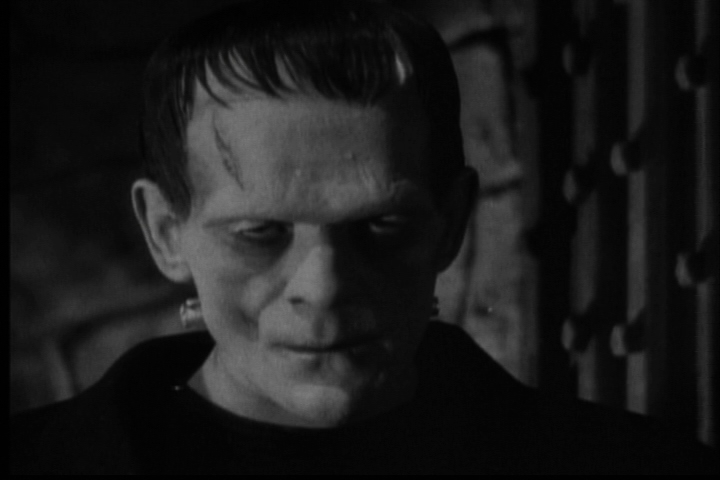
Cast Shadow
The character or the object projects its shadow on the setting (for instance on a wall).
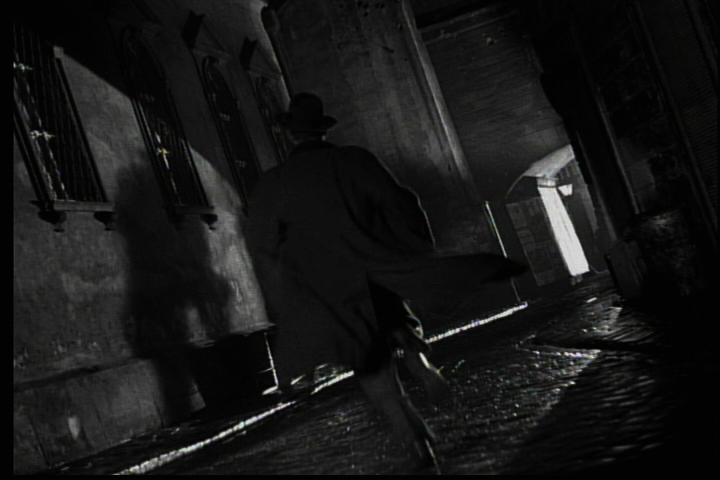
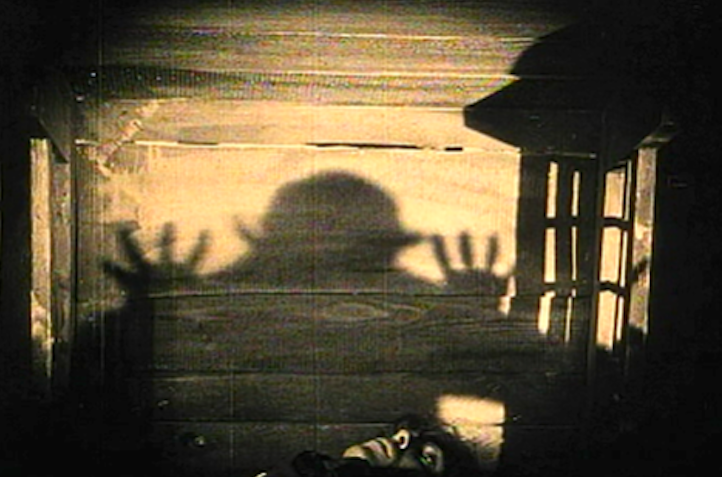
Hard vs Soft
Hard lighting creates strong shadows and texture effects
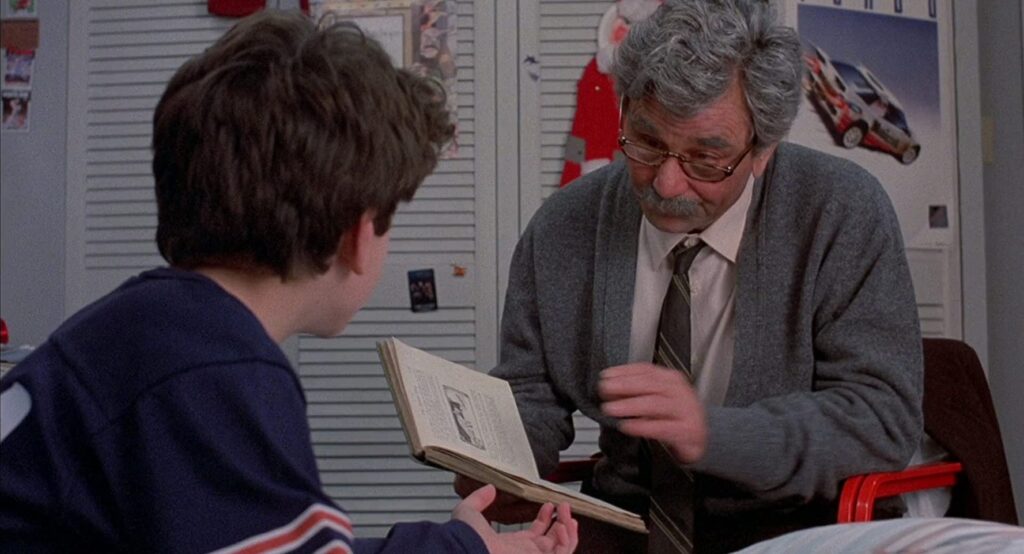
While soft lighting avoids strong directional light sources.
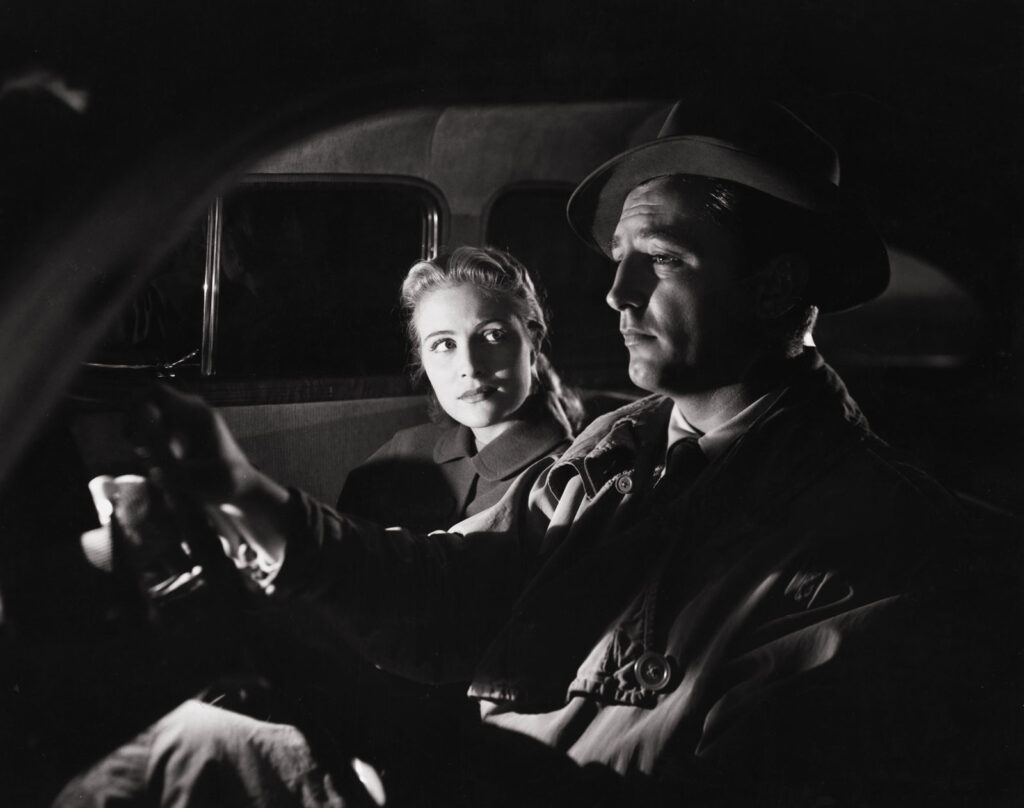
Light Direction
Frontal lighting
Ideal for soft lighting since it eliminates shadows and the impression of depth.
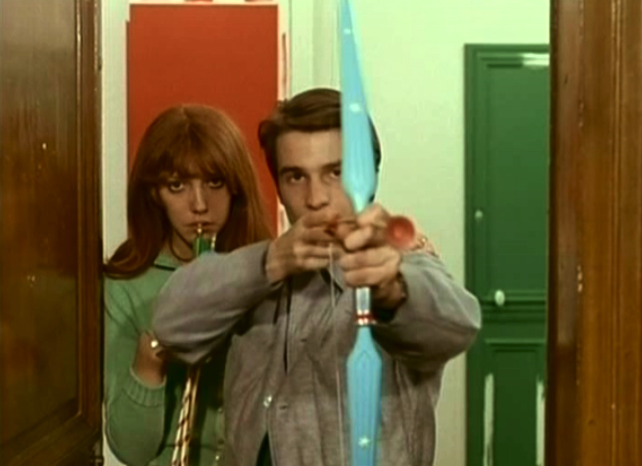
Crosslighting
Cast shadows on a side of the character’s face. it causes a strong expressionistic contrast between light and shadows.
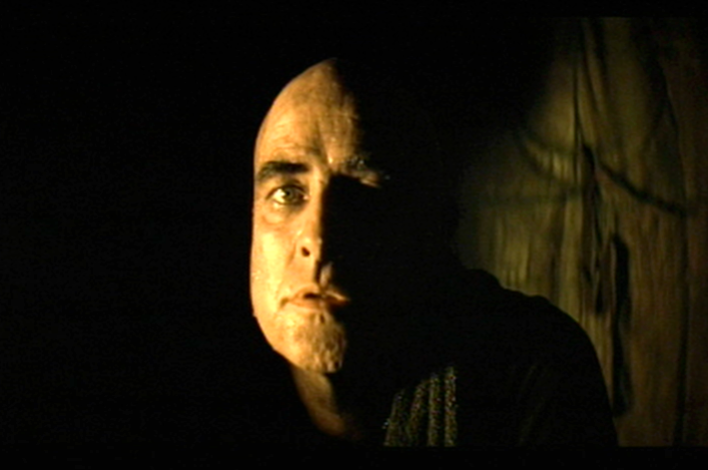
Backlighting
Light comes from behind the subject/object.
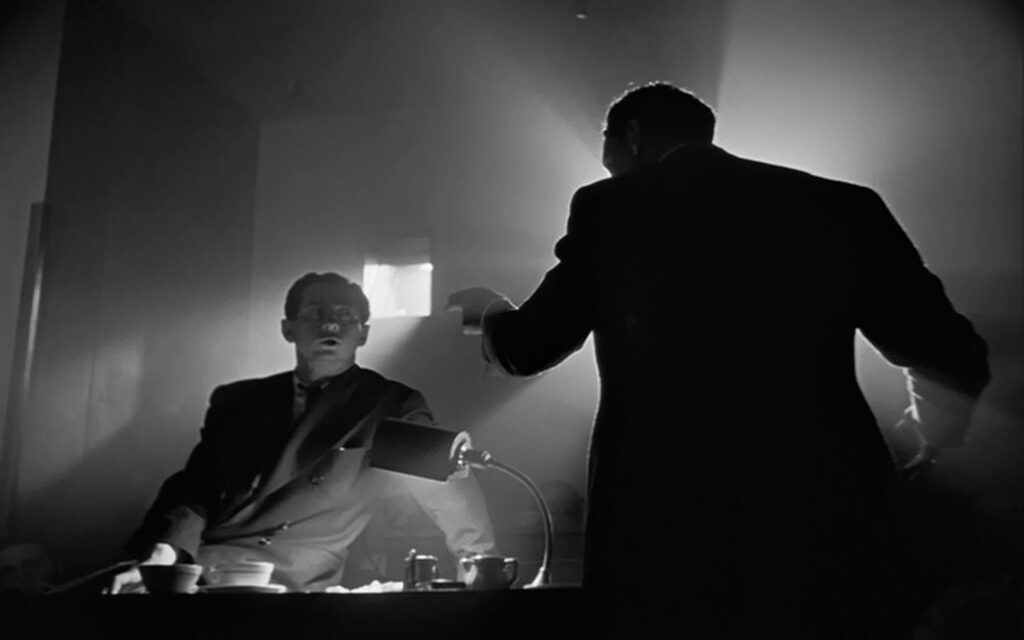
Underlighting
Frequent technique in the horror genre.
Light comes from beneath, distorting the character’s features.
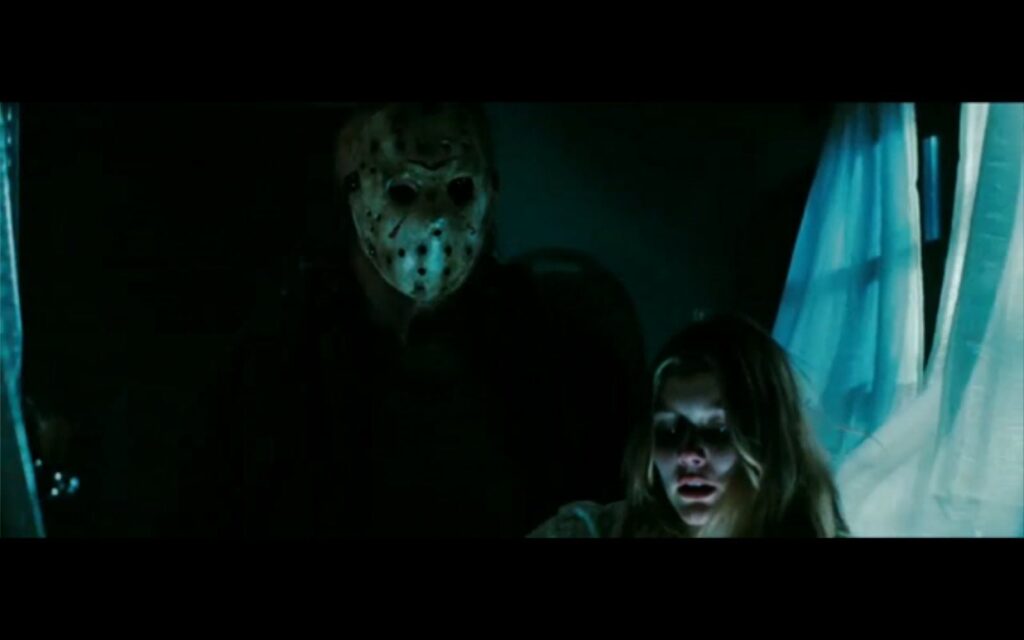
Toplighting
Light comes from above.
It directed toward the subject, the top lighting can create an effect of transcendent illumination.
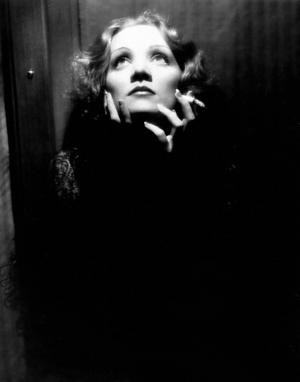
Three Point Lighting
The classic lighting technique in Hollywood.
The cinematographer plays with three light sources:
Key light: main source of light
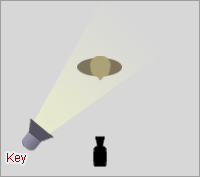
Fill Light: Opposite to the key light. It is use to nuance the key light and mitigate shadows.
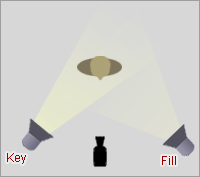
Back light: It provides depth, the impression of tridimensionality.
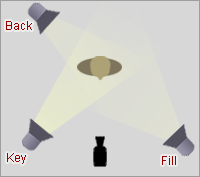
Based on the different use of the three points of light, we could talk about
High Key Lighting
when we create a bright scene with no shadows. To this effect we use the fill and the back light,
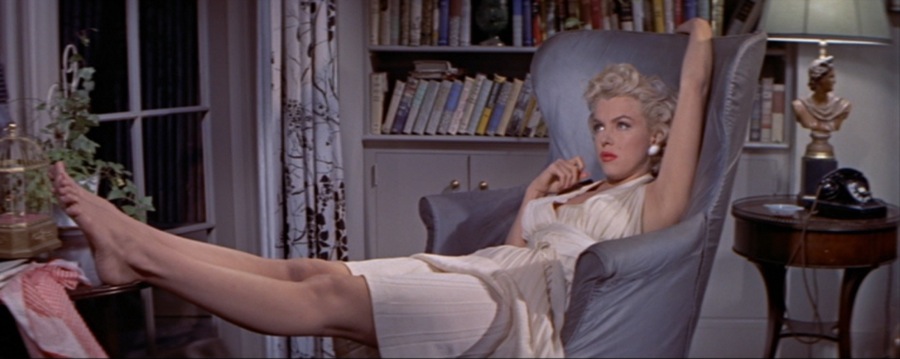
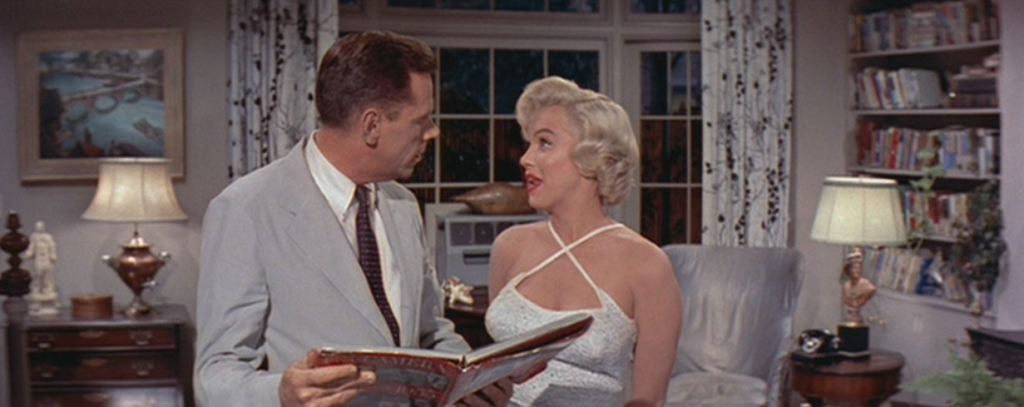
or
Low Key Lighting
In this case, we look for strong “chiaroscuro” effects (strong contrast between light and shadow).
Acting
Or performance
There are some authors who included in the fourth category of the Mise-en scene not only acting, but also other areas that controlled by the director, “staging’ or “blocking” (how and where to position the actors in front of the camera).
We will just focus in this lecture on the actors’
Performance,
Which is to also one of the crucial aspects of directing a movie.
In addition to costumes and make-up, which we have discussed in the previous learning unit, the actor’s performance consists on
- Appearance,
- Gestures,
- Facial expressions,
- Voice
An actor’s performance consists of visual elements (appearance, gestures, facial expressions) and sound (voice, effects).
The word “histrionic” is an adjective that refers to an exaggerated and/or melodramatic expression of feelings.
This word comes from Latin “histrio”, which means “actor”.
This connection should not surprise us since acting was originally exaggerated.
You just need to watch silent movies to understand why acting has been for decades a synonym of exaggerating.
Already in the silent period, there were directors that tried to avoid “histrionic” performances and advocated for a more “realistic” performance.
As a matter of fact, nowadays, we tend to criticize weak performances as “unrealistic”.
And again – this is a simplistic way to evaluate acting – and any other aspect of filmmaking.
The work of the actors must fit the general tone of the story.
In occasions, the performance must be realistic, because this is what the story demands.
Probably the actor who was able to play a simple cold best was Jack Lemmon. It may seem a paradox, but the more serious the illness, the easier it is to play it.
In The Apartment (Billy Wilder, 1960), Lemmon offers us an unforgettable example of his ability.
When the tone of the story is NOT REALISTIC, a histrionic performance can be very effective.
Jim Carey in A Series of Unfortunate Events (Brad Silberling, 2004).
There are no general and final rules to evaluate acting. Like any other aspect of the mise en scene – acting must serve the general goals of the story.
In some cases, actors may not need a single gesture or a single word too many to deliver an outstanding performance.
In other cases, speech can give the film a frantic pace –
Watch One, Two, Three (Billy Wilder, 1961) as an example:
